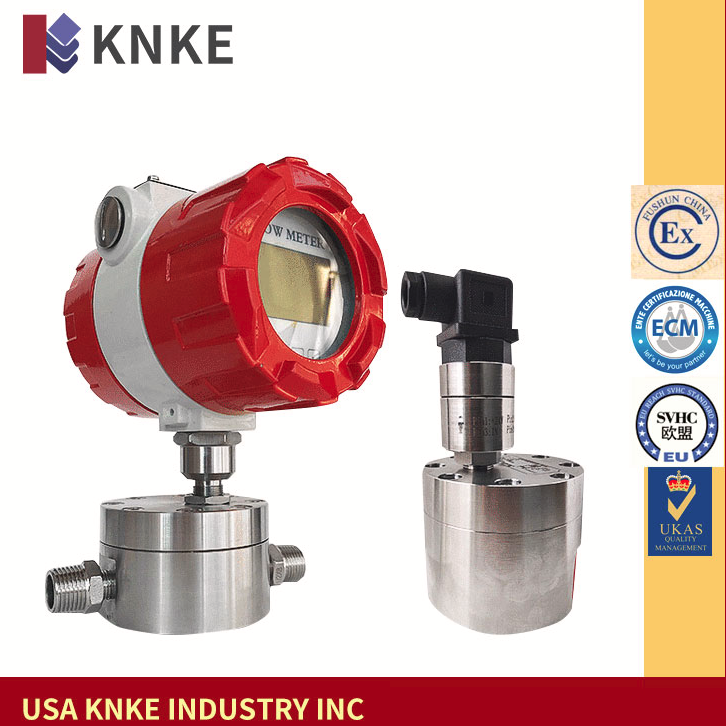Difference Between Rotameter and Float Flowmeter Explained
In industrial flow measurement, rotameters and float flowmeters are widely used instruments. Although both rely on the principle of a float balancing within a fluid stream, there are clear differences in their structure, working mechanism, applications, and limitations. This article explains the key differences between rotameters and float flowmeters, helping you choose the right instrument for your application.
What Is a Float Flowmeter?

A float flowmeter measures fluid flow by suspending a float inside a vertical measuring tube. When fluid flows upward, it pushes the float until the upward force from the fluid balances with the weight of the float. The float’s position corresponds to a calibrated flow rate.
Float flowmeters come in different forms:
- Glass tube or metal tube construction
- Straight or tapered measuring tubes
- Different float shapes and materials
These instruments are commonly used in laboratories, small-scale systems, and for low-pressure applications.
What Is a Rotameter?
A rotameter is actually a specific type of float flowmeter. It consists of a tapered tube (wider at the top, narrower at the bottom) and a float that moves freely inside it. As flow increases, the float rises until equilibrium is reached. Because the float often rotates slightly to stay centered, this design is called a rotameter.
Rotameters are highly popular due to their simple structure, easy readability, and wide measurement range. They are often installed in industrial pipelines for gases and liquids.
Key Differences Between Rotameter and Float Flowmeter
1. Concept and Scope
- Float Flowmeter: A broad category of instruments using a float to indicate flow.
- Rotameter: A specific type of float flowmeter that uses a tapered tube and rotating float.
👉 In other words, every rotameter is a float flowmeter, but not every float flowmeter is a rotameter.
2. Working Principle
- Float Flowmeter: The float moves upward until fluid force equals the float’s weight. The position indicates the flow rate.
- Rotameter: Uses the same principle, but specifically in a tapered tube, making readings more linear and easier to interpret.
3. Design and Structure
- Float Flowmeter: Flexible design; may use glass or metal tubes, straight or conical structures.
- Rotameter: Always designed with a tapered tube + float combination.
4. Applications
- Float Flowmeter:
- Small-scale systems
- Laboratories and testing environments
- Low-pressure, low-flow measurements
- Rotameter:
- Industrial pipelines
- Gas and liquid measurement in process industries
- Low to medium pressure systems
- With metal tubes: suitable for high temperature or opaque fluids
5. Accuracy and Limitations
- Float Flowmeter: Accuracy varies, influenced by fluid viscosity and float shape.
- Rotameter: Typically offers better linearity, wider measuring range, and easier readability. However, both types are sensitive to fluid cleanliness and correct installation.
Conclusion
The main difference between a rotameter and a float flowmeter lies in scope and design:
- A float flowmeter is a general category of flow measurement devices.
- A rotameter is a specific type of float flowmeter, using a tapered tube and rotating float for more accurate and direct readings.
When selecting between the two, consider factors such as fluid type, flow range, operating pressure, and installation environment. For industrial applications, rotameters are often the preferred choice due to their simplicity and reliability.
